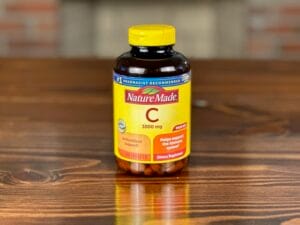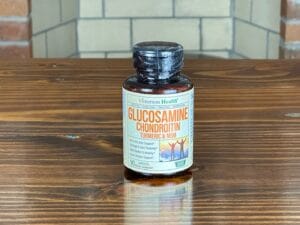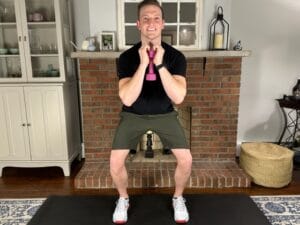Dealing With a Stiff Knee After Surgery? Try These 5 Stretches to Regain Motion
Stiffness after knee surgery is frustrating—but it’s also one of the most common challenges during recovery. Whether you’ve had a total knee replacement, meniscus repair, or ACL reconstruction, your body is healing from significant trauma—and your knee doesn’t always cooperate with your timeline.
In physical therapy, we often see patients struggle to regain full knee flexion (bending) and extension (straightening). The good news? The right stretches—done consistently and gently—can help reduce scar tissue tightness, improve joint mobility, and get you back on track.
In this guide, we’ll walk through five of the most effective stretches for stiff knees after surgery, each hand-picked to target common limitations and speed up recovery—right from home.
Want a quick-reference PDF? Scroll down to the bottom of this post to grab your free printable plan!
Disclaimers and Disclosures: All information in this article is for informational and educational purposes only and should not be taken as individual medical advice. Additionally, this article contains affiliate links, meaning when you make a purchase, we make a small commission at no additional cost to you. For more information, see our full Disclaimers and Disclosures.
Top 5 Stretches for Stiff Knee After Surgery
For the best results, aim to perform these stretches at least 2–3 times per day, focusing on slow, controlled movement and consistent breathing. Never force a stretch—mild discomfort is okay, but sharp pain is not. Stick with it daily, and over time, you’ll notice better flexibility, reduced stiffness, and improved confidence in your knee movement.
This program was created by a Doctor of Physical Therapy and Orthopedic Clinical Specialist. As always, be sure to consult your healthcare provider before starting any new exercise regimen.
1. Knee Flexion on a Stair
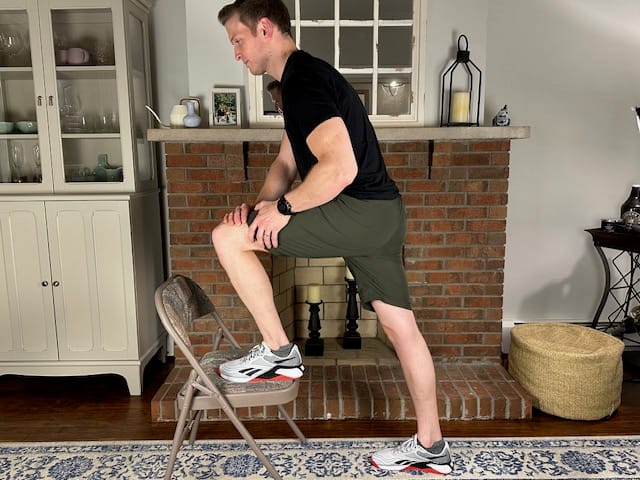
- Purpose: Gently improves knee flexion using your body weight and gravity.
- Benefits: Increases range of motion and reduces joint stiffness.
- How to Do It:
- Stand facing your stairs with your stiff knee on the higher step.
- Slowly shift your weight forward to bend the knee on the step.
- Hold for 20 seconds, then ease off. Repeat 5 times.
- Pro Tip: Use an Adjustable Stepper and increase the height over time.
2. Seated Knee Bend with Strap
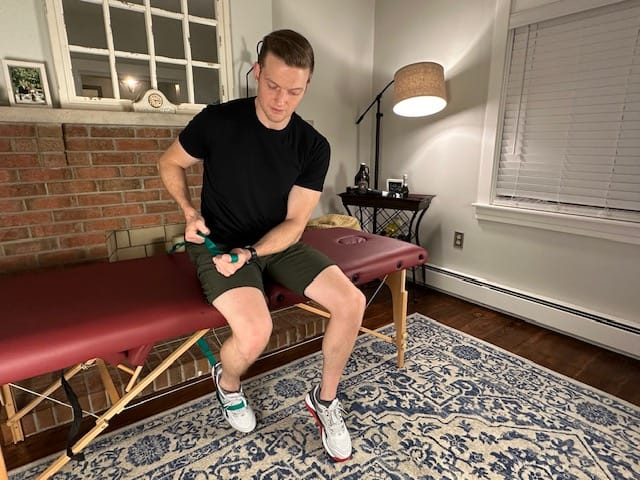
- Purpose: Actively and passively increases knee bend in a seated position.
- Benefits: Improves flexion range and helps break up scar tissue.
- How to Do It:
- Sit in a chair with your surgical leg bent and a strap looped around your ankle.
- Gently pull the strap behind you to deepen the bend.
- Hold for 20 seconds, then release. Repeat 5 times.
- Pro Tip: A Stretching Strap with loops offers better grip and control than a standard towel.
3. Prone Quad Stretch with Strap
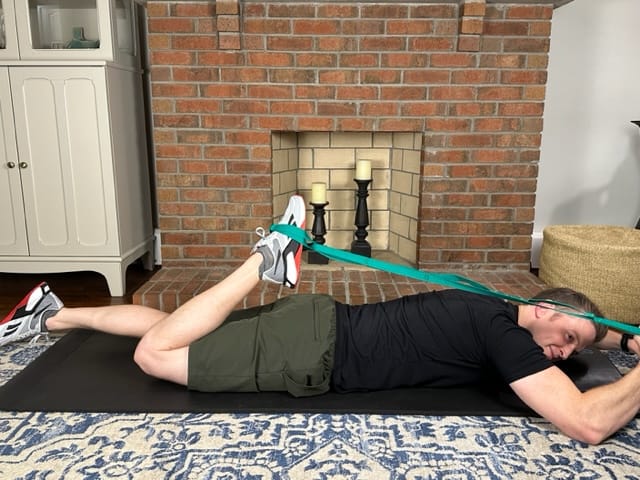
- Purpose: Stretches the quadriceps and improves knee flexion from a different angle.
- Benefits: Reduces anterior tightness and supports full bending.
- How to Do It:
- Lie face down with a strap around your ankle.
- Gently pull the strap over your shoulder to bend your knee.
- Hold for 20 seconds and repeat 5 times.
- Pro Tip: Create a lasso with your Stretching Strap and loop it around your ankle and lie on a Thick Yoga Mat for more comfort .
4. Heel Slides
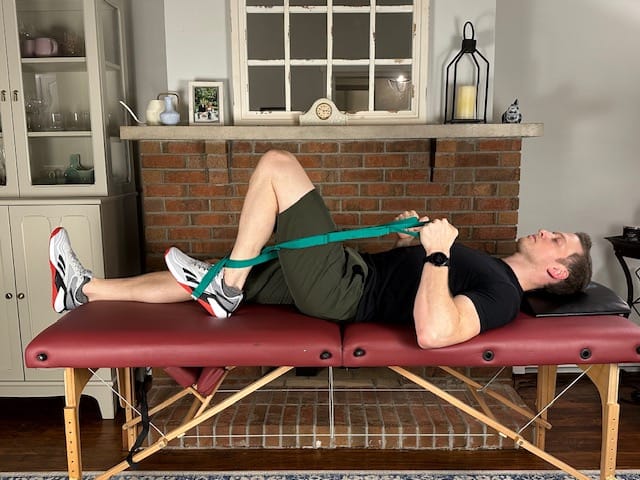
- Purpose: Promotes knee flexion while keeping your leg supported.
- Benefits: Helps regain bending motion with less strain on the joint.
- How to Do It:
- Loop a strap around your foot.
- Slide your heel slowly toward your buttocks, keeping your foot on the surface.
- Hold for 10 seconds and repeat 10 times.
- Pro Tip: Use a Stretching Strap with loops for ease and consider a sturdy Massage Table to do your exercises on if you struggle to get up and down from the floor.
5. Heel Prop
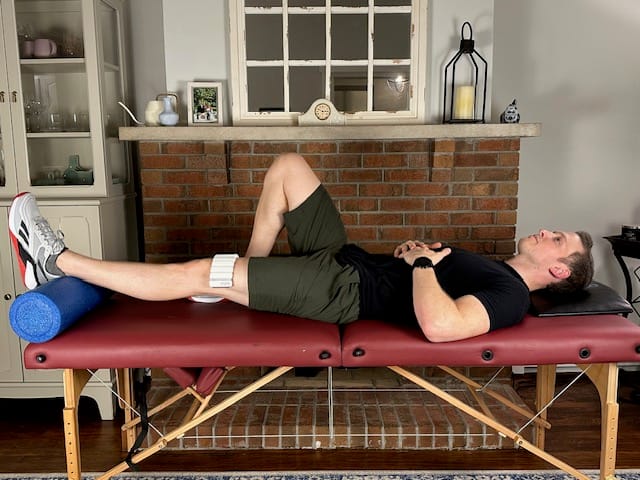
- Purpose: Improves knee extension by using gravity to gently stretch the back of the knee.
- Benefits: Reduces stiffness and supports full straightening.
- How to Do It:
- Sit or lie down with your heel resting on a rolled towel or foam roller.
- Place an ankle weight on your knee and allow the knee to relax and straighten.
- Hold for 5 minutes, build up to 10 minutes if restriction still exists.
- Pro Tip: Increase the Ankle Weight gradually and use a Foam Roll for comfort.
Ice Pack and TENS for Pain, Swelling, and Stiffness
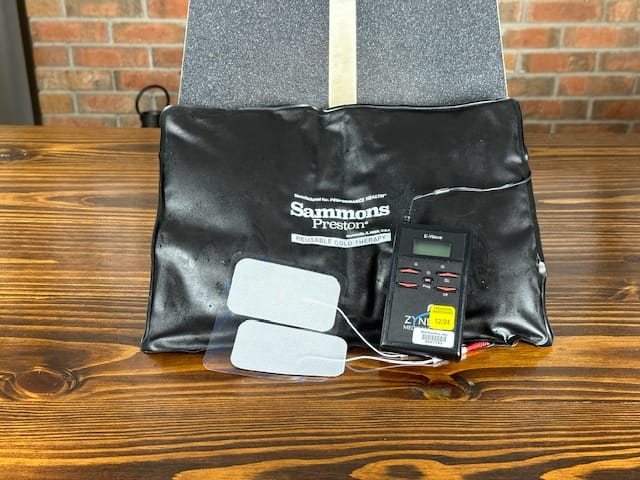
- Purpose: Reduce pain, inflammation, and swelling after knee surgery.
- Benefits: Enhances comfort and reduces swelling, especially after exercise.
- How to Use:
- Place TENS pads just over the painful area of the knee.
- Apply ice for 10–15 minutes post-exercise.
- Pro Tip: Use the Ice Pack and the TENS Unit at the same time for maximum efficiency.
Looking for a simple way to stay consistent?
👉 Download the free Stiff Knee After Surgery Stretching Program (PDF) + Exercise Tracker (PDF) to follow and log your daily progress.
Stiff Knee After Surgery Stretches: Final Thoughts
Recovering from knee surgery isn’t always a straight line—and if your progress has slowed due to stiffness, it can feel incredibly discouraging. But with the right strategy and consistency, you can start to reverse that tightness and regain the motion your knee needs to function well.
The stretching program above was designed by a licensed physical therapist and refined through real-world experience with hundreds of post-surgical patients. Each stretch targets common restrictions while being gentle enough to perform at home.
The key is consistency—2 to 3 times per day, every day. Stick with it, focus on progress (not perfection), and give your knee time to adapt. Within a few weeks, you may notice better bending, easier straightening, and less pain with movement.
If you’re also recovering from a knee replacement, ACL reconstruction, meniscectomy, or a recent manipulation under anesthesia, check out our related rehab guides for more targeted support.
Why Trust Physical Therapy Simplified for Stretches to Reduce Stiffness After Knee Surgery?
At Physical Therapy Simplified, our mission is to provide an accessible, trustworthy source of physical therapy guidance that anyone can understand, follow, and benefit from. We want you to feel confident that you’re getting evidence-based advice and the best stretches to improve stiffness following knee surgery—all designed to reduce pain and restore your highest functional ability.
This article was written by Andrew Harkins, PT, DPT, OCS, a licensed physical therapist with over twelve years of clinical experience. He is certified by the American Board of Physical Therapy Specialties as an Orthopedic Clinical Specialist and has worked with thousands of surgical knee patients—from early post-op care to full return to functional potential.
Andrew has also served as a teaching assistant at the University of Pittsburgh’s Doctor of Physical Therapy Program, where he contributed to musculoskeletal coursework with a special focus on knee rehabilitation and surgical treatment recovery strategies. His knowledge and hands-on experience ensure that the information you’re reading is not only accurate but clinically proven to help.
